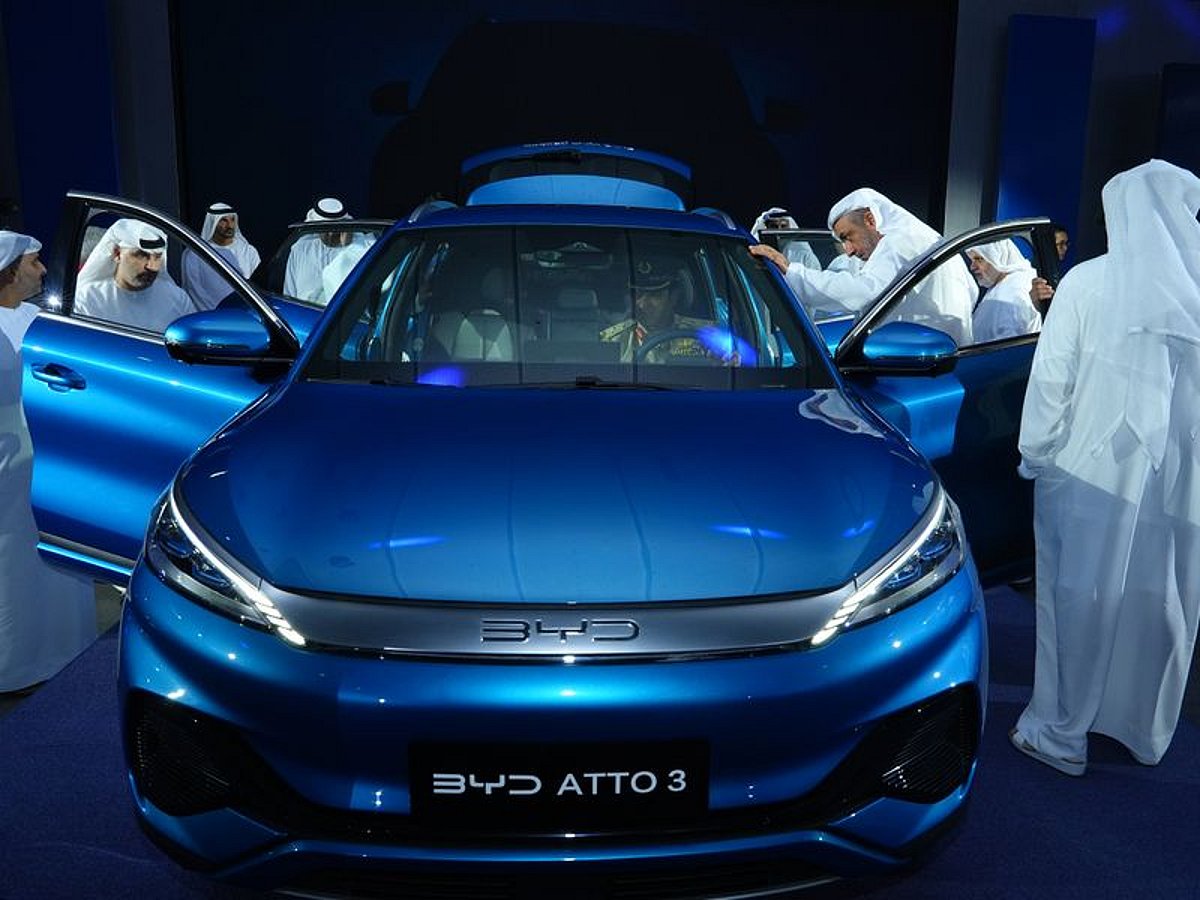China Sets New EV Rules for Plug-In Hybrids by 2026
China is poised to significantly alter the electric vehicle (EV) market with a new regulation that mandates a minimum electric range for plug-in hybrid electric vehicles (PHEVs). Starting January 1, 2026, all PHEVs exported from China must achieve at least 100 kilometers of battery-only range. This move is expected to reshape the automotive industry both domestically and internationally.
The Shift in China’s NEV Strategy
This regulation is part of China’s broader New Energy Vehicle (NEV) strategy, which emphasizes quality over quantity in automotive exports. The change comes in response to increasing trade barriers, such as the European Union’s tariffs on Chinese battery-electric vehicles (BEVs). By enforcing higher technological standards, China aims to enhance its competitive edge in the global market.
In recent years, China has seen a remarkable surge in NEV exports. In 2024, exports of PHEVs increased by 190% year-on-year, and by May 2025, they had risen an additional 127%. Shipments to the European Union alone soared nearly 600%, largely due to favorable tariff conditions. In 2024, China exported approximately 6.41 million vehicles, generating around $117.4 billion in revenue. However, projections for 2025 suggest a slight decrease in export volumes, expected to range between 5.8 and 6.2 million units, as the focus shifts toward higher-end models.
Implications for Short-Range PHEVs
The introduction of the 100km rule effectively renders short-range PHEVs, which typically offer 50 kilometers or less of electric range, obsolete. This change is likely to devalue many existing PHEVs in the market. Industry analysts predict that manufacturers will no longer produce these outdated models, as they will not be viable in the evolving automotive landscape.
As a result, automakers are increasingly investing in extended-range electric vehicles (EREVs). These hybrids primarily operate on electric power but include a small gasoline engine for backup. Companies like Zeekr and Xpeng are already developing PHEVs and EREVs with electric ranges exceeding 300 to 400 kilometers, along with rapid charging capabilities that can reach up to 500kW.
Domestic Market Changes
China’s domestic car market, the largest globally with annual sales of 32 million vehicles, is also adapting to these new regulations. In major urban areas, only EVs, PHEVs, and EREVs are eligible for new car registrations. This creates a natural filter, ensuring that only long-range hybrids are considered viable for future consumers.
Additionally, new fuel economy standards are set to enhance the efficiency of combustion engines within plug-in hybrids. This means that owners can expect to drive in full-electric mode for most of their trips, effectively allowing these hybrids to function similarly to pure electric vehicles without the concern of range anxiety.
Industry Reactions and Future Outlook
Experts view this regulatory change as a significant turning point for the automotive industry. By establishing a higher minimum standard, China is raising the global benchmark for plug-in hybrids and redefining the characteristics of modern hybrids. While short-range models may still be sold off as old stock, the long-term production of these vehicles is unlikely to be economically feasible.
Market analysts anticipate a swift transition toward long-range hybrids following the regulation’s implementation. This shift is expected to set new standards for performance, efficiency, and competitiveness in exports. The 100km rule is not merely a technical requirement; it represents a strategic pivot that will compel global automakers to innovate or risk falling behind.
By 2026, the era of short-range plug-in hybrids will likely come to an end, paving the way for a new generation of electrified vehicles, many of which will carry the “Made in China” label.
FAQs
What is the new minimum electric range requirement for PHEVs in China?
Starting January 1, 2026, all plug-in hybrid electric vehicles exported from China must have a minimum battery-only range of 100 kilometers.
How will this regulation affect existing PHEVs on the market?
Many existing short-range PHEVs, which typically offer less than 50 kilometers of electric range, may lose value quickly as manufacturers shift focus to long-range models.
What types of vehicles are likely to dominate the market after this regulation?
Extended-range electric vehicles (EREVs), which primarily operate on electric power with a gasoline engine as a backup, are expected to become more prevalent in the market.
Conclusion
China’s new regulation mandating a minimum electric range for PHEVs marks a significant shift in the automotive landscape. As the industry adapts to these changes, consumers can expect to see a rise in long-range hybrids that meet modern standards. This evolution not only impacts domestic markets but also sets a new global benchmark for electric vehicles.
Also Read:
China Exports to US Drop 27% Amid Global Trade Growth
Dubai’s Major Road Upgrades to Enhance Commute Efficiency
Abu Dhabi’s RAAD Vehicle to Enhance Emergency Response by 20







